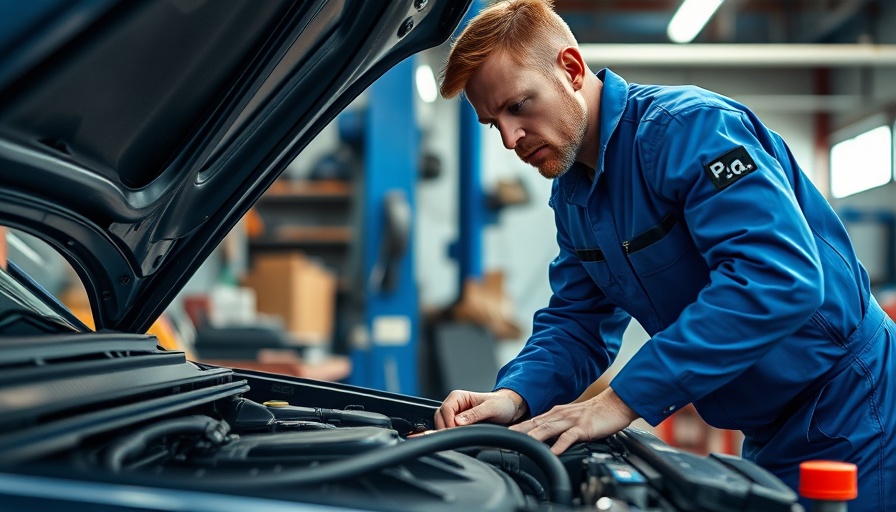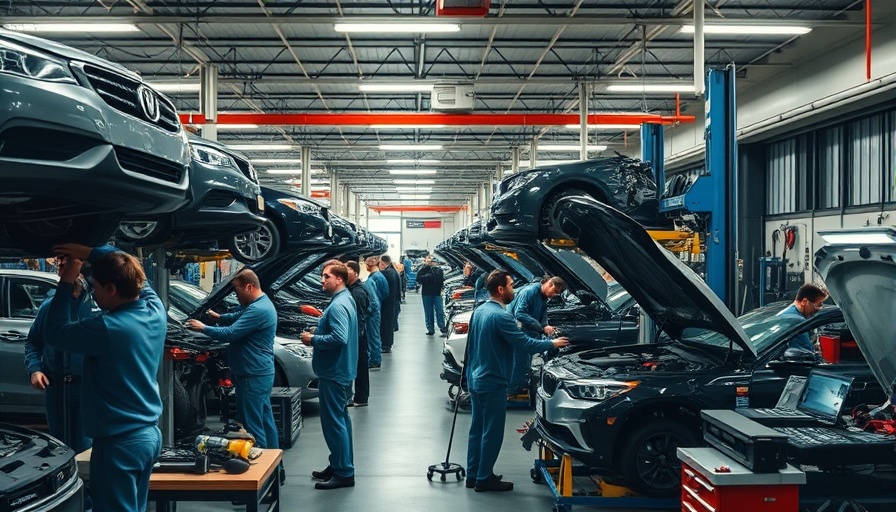
The Importance of Cabin Air Filters in Your Vehicle
Did you know that a simple cabin air filter can dramatically improve the air quality inside your vehicle? It's often tucked away behind the glove box or under the dashboard, yet it plays a significant role in your comfort and safety while driving. This compact piece of equipment blocks out harmful pollutants from entering your car, including dust, pollen, and exhaust fumes. Given that the average vehicle circulates over 25,000 gallons of air per hour, a good air filter is essential for ensuring that you're breathing clean air while on the road.
How Cabin Air Filters Work
Cabin air filters function as the guardians of your car's interior air quality. By trapping particles like smog, dirt, and even allergens, they serve a vital purpose. For example, in spring, filters collect pollen and other particles, while in winter, they can become saturated with dirt and lose effectiveness. To maintain clean air intake, it's essential to replace your cabin air filter regularly, especially if you're prone to allergies or live in a polluted area.
Future Innovations in Cabin Air Filters
The automotive industry is rapidly evolving, and so are cabin air filters. As electric and hybrid vehicles become more common, innovations in filter technology are expected to rise. According to recent projections, the automotive filter market will increase significantly, with new designs promising even greater protection against particulate matter and harmful gases. This shift not only enhances passenger comfort but also plays a role in reducing vehicle emissions, making your car eco-friendlier.
Why Vehicle Maintenance Matters
Regular vehicle maintenance, including monitoring and replacing your cabin air filter, is crucial for ensuring safety and comfort while driving. By ensuring that your air filter is in good shape, you not only improve your driving experience but also extend the life of your car's ventilation system. This is a simple yet proactive step every vehicle owner can take to enhance their driving environment.
 Add Row
Add Row  Add
Add 




Write A Comment